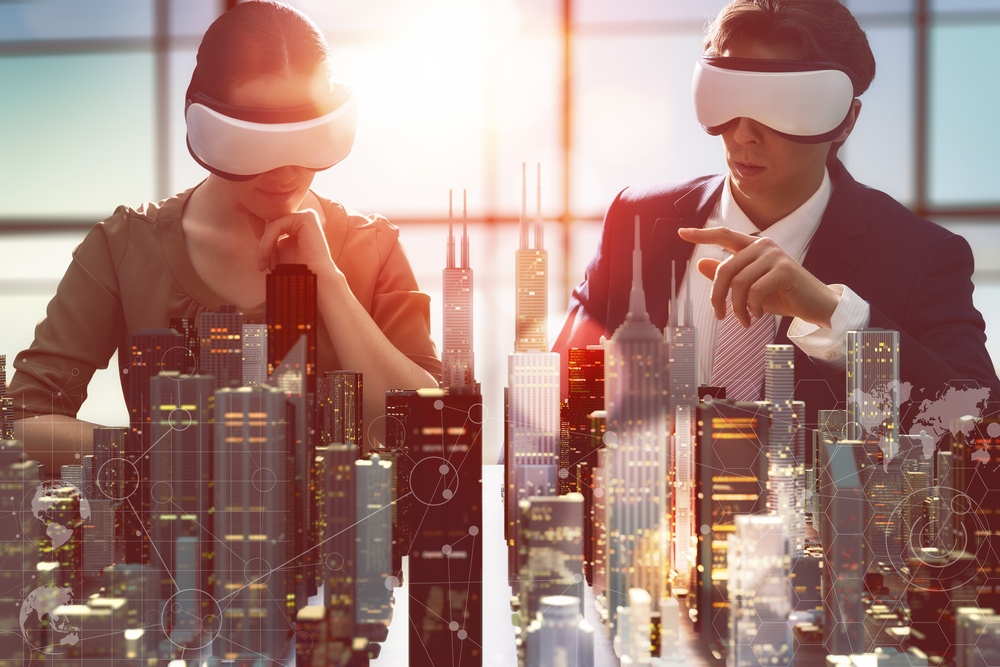Don’t be a Technophobe

Technology in the facilities management sector is becoming an increasingly popular topic. New developments are constantly arising, changing the way we work; the way we approach processes and manage various aspects of buildings.
The annual ThinkFM conference this year is set to explore how technology is impacting FM and I am sure even more developments will be uncovered, demonstrating the ever-changing world in which we live in, and more so, the growing opportunities which can and are being implemented.
BIM
Building Information Modelling (BIM) has been around for a few years now and has really developed the way properties are designed and planned. It allows developers to make better, more informed decisions as BIM offers the capability to analyse all aspects of a building. The software highlights environmental considerations, any potential challenges or constraints and predicts any issues or hidden costs before they become a problem. Not only in the design stage is BIM a useful tool, but when managing a building – BIFM ran a survey which found 85% of professionals believe BIM supports facilities management throughout the building product life-cycle.
This piece of technology is a great way to save time and money – both considerable benefits to any business! To reflect the growing impact of BIM, BIFM has incorporated BIM into the FM Professional Standards. This introduction demonstrates the need to adapt to the technology advancements in order to keep up with the opportunities being brought into the profession.
Sensors
Sensors can be installed across numerous aspects of a property – all areas notifying members of staff when management is needed.
Car parks very commonly have sensors which are a great way for staff to understand how busy the scheme is and if they will need additional staff. Having quick information to the carpark capacity allows FM professionals to forecast the usage of various aspects of the scheme which may require additional maintenance.
Carpark sensors also add to the guest experience as they notify visitors when a car-park is full and can direct to an area where spaces are available.
Toilets or washrooms are also a very popular place to install sensors. These allow Soft Services Managers to monitor traffic in toilets, for example, if there a sudden spike in use due to an event, the right person can be notified as it may mean they require servicing earlier than originally scheduled – again, improving the guest experience.
IoT
The Internet of Things (IoT) allows remote access to instantly understand, operate and manage every part of a building, allowing individuals to receive information from any object – reducing risks and costs to a property. IoT improves the guest experience as it allows failures to be anticipated and any needed maintenance to be communicated to the most relevant member of staff so it can be resolved before guests are affected. With the heightened focus on a seamless guest experience, this development is great for all tenants in all properties.
Deloitte predicts smart buildings – a building which uses a centralised system to control multiple aspects of the properties assets including; air conditioning, lighting, heating, security etc. – will be the first to incorporate IoT, but the trend will spread fast.
These automated controls allow Facilities Management to manage costs and waste effectively – ultimately saving time and money, resulting in efficient building operations and enhanced tenant and building user relationships.
Mobility
Facilities Management Professionals can now work offsite due to the developments in technology – that said, the importance of client facing individuals is becoming increasingly important; many tenants appreciate having facilities/building management teams onsite as it gives them confidence that any problems will be dealt with quickly. With rent increasing, it is important to have strong tenant engagement and loyalty for renewals.
That said, mobility is still a great benefit and will be utilised throughout the industry. It allows better control over property assets and quick communication – making it possible for the correct person to deal with any issues quickly and effectively.
Wearable devices
Wearable devices linked with the IoT are another development that makes processes seamless. When the IoT need to notify employees that an issue needs resolving or maintenance needs doing, this can be communicated to an employee via a smart watch for example. These technological developments are increasing staff productivity, and ensure the building is constantly being managed effectively.
There are many more technology developments and I am sure even more to come. The future for FM is looking exciting!
